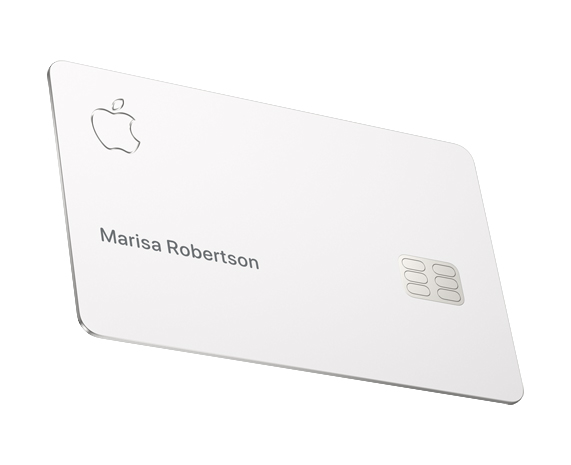The highly anticipated Apple Card has finally debuted, leaving many consumers wondering whether it’s worth applying for this new offering.
While the allure of an Apple-branded credit card may be strong, a closer look reveals that it shares many similarities with other credit cards in the industry.
To help you make an informed decision, let’s delve into the features and considerations surrounding the Apple Card.
Apple Card, at its core, functions as just another credit card. Its primary objective is to encourage spending, particularly on Apple products.
With a distinct focus on promoting its ecosystem, Apple offers an enticing 3 percent cashback on purchases made directly through its platform, in contrast to a standard 1 percent cashback on all other transactions.
Additionally, applicants must own a compatible iPhone with the latest iOS version, further emphasizing the company’s commitment to their ecosystem.
Requirements for Apple Card application include being at least 18 years old, depending on your location, and being a U.S. citizen or a lawful U.S. resident with a non-P.O. Box residential address. Military addresses are also acceptable. Moreover, owning a compatible iPhone with the latest iOS version is a prerequisite for eligibility.
The Apple Card stands out in a few areas by examining the terms and conditions. Firstly, it imposes no annual fee, making it an attractive option for those looking to avoid such charges. However, it does not offer any signup bonus, which may be a drawback for consumers seeking immediate rewards.
Regarding cashback, users can enjoy a generous 3 percent on Apple products and 1 percent on all other purchases. It’s important to note that the card’s Annual Percentage Rates (APRs) vary based on creditworthiness, ranging from 12.99% to 23.99%. TransUnion serves as the credit agency for Apple Card applications.
As an outlet dedicated to promoting the financial stability of the middle class, we must approach credit cards with caution. We do not endorse the hasty acquisition of an additional credit card simply due to its branding. Credit cards are notorious for their associated costs, and the presence of an Apple logo does not alter this fact.
If you find yourself in the market for a new credit card, diligently comparing financing terms is essential. Key factors to consider include the annual percentage rate (APR), balance transfer fees and APRs, and any potential annual fees.
These factors collectively contribute to the overall cost and suitability of the credit card for your specific needs.
Requirements
- Be 18 years or older, depending on where you live
- Be a U.S. citizen or a lawful U.S. resident with a U.S. residential address that isn’t a P.O. Box. You can also use a military address.
- own a compatible iPhone with the latest iOS version
Terms & Conditions
- Annual Fee: $0
- Signup Bonus: none
- Cash Back Details: 3% on Apple Products & 1% on everything else
- APR: Variable APRs range from 12.99% to 23.99% based on creditworthiness
- Credit Agency: TransUnion
In conclusion, while the Apple Card may appeal to avid Apple enthusiasts and loyal ecosystem participants, it is crucial to approach the decision to apply with an understanding of its features and implications.
Assessing your financial circumstances and comparing alternative credit card options will empower you to make a well-informed choice that aligns with your personal goals and financial stability.







